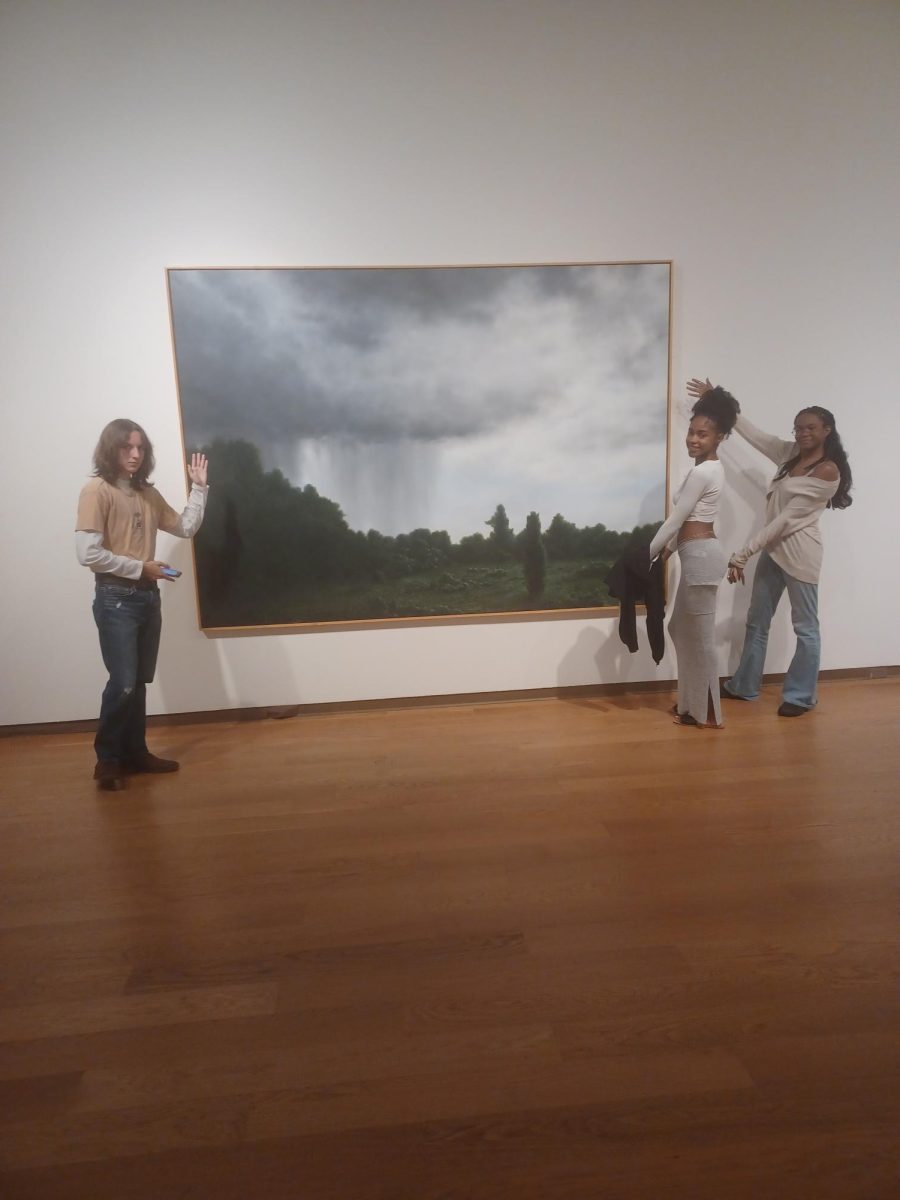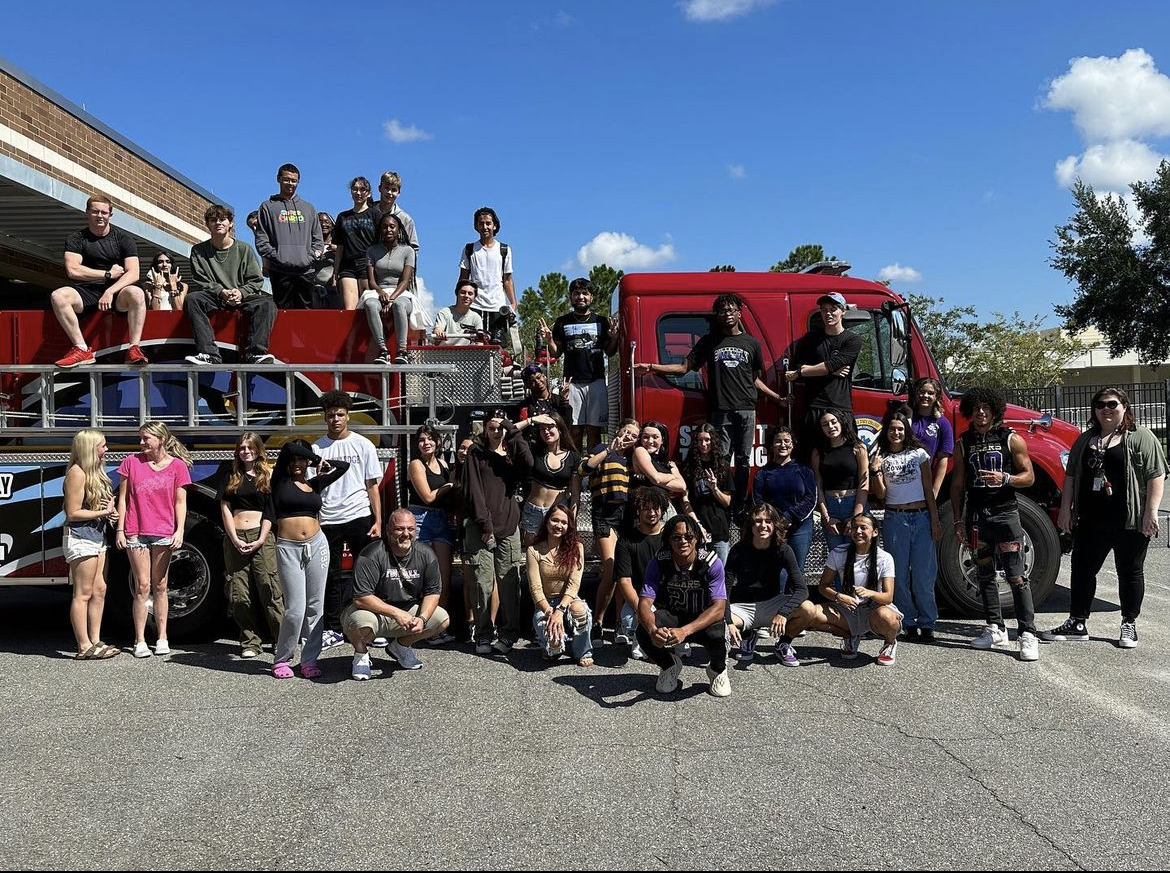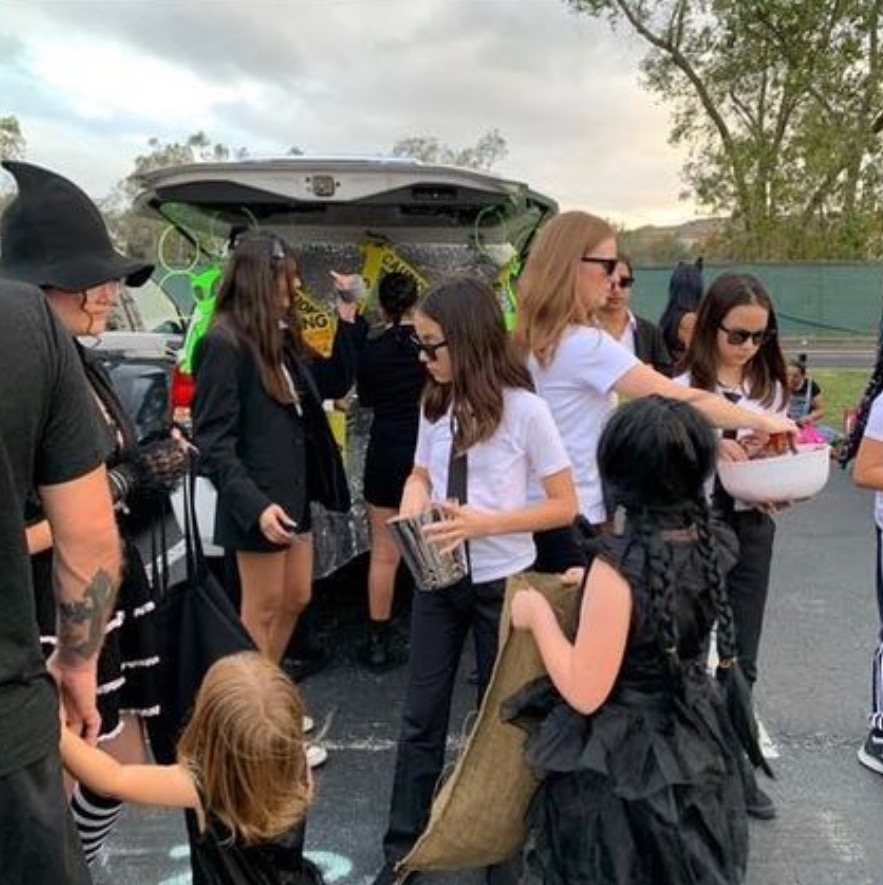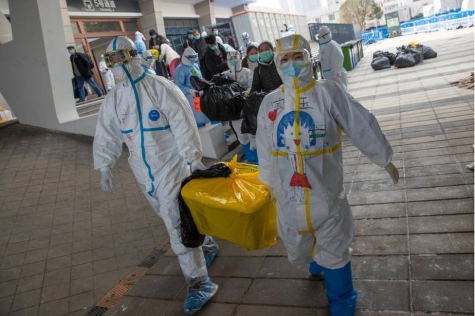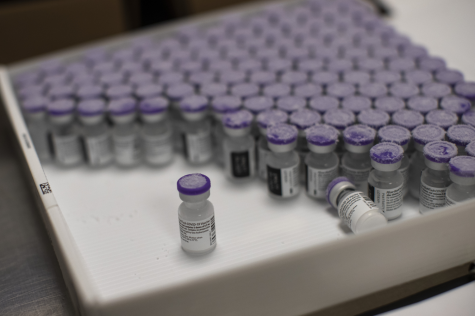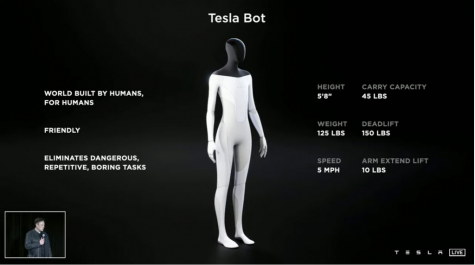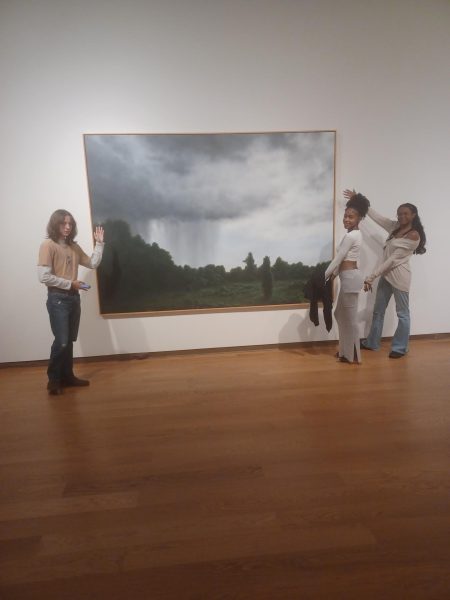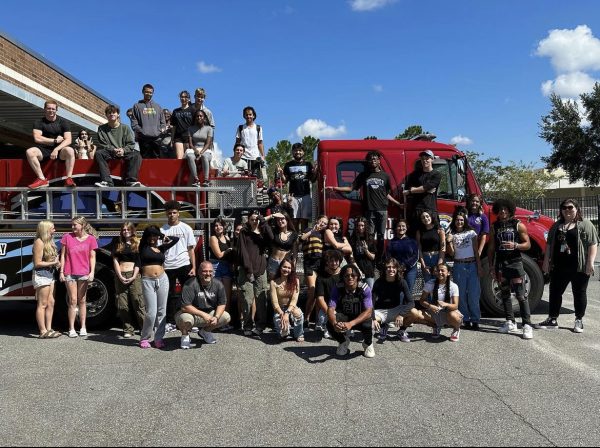Ellen Ochoa: She’s out of this World
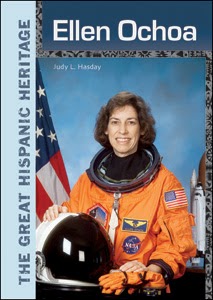
Courtesy of: Infobase Publishing
January 12, 2022
Born May 10, 1958, Ellen Ochoa, a trailblazer, serves as a role model to all. Of Mexican descent, Ochoa is a space icon. During National Hispanic Heritage Month, we commemorate this astronaut’s achievements- in 1993 she became the first Hispanic woman in space, she served as the Deputy Director of the Johnson Kennedy Space Center, and she served as the first Hispanic and second woman Director of the Johnson Space Center. In 1980, Ochoa’s drive for space exploration burgeoned after graduating from San Diego University with a degree in physics. Afterward, Ochoa attended Stanford University and earned her Master of Science degree and doctorate in Electrical Engineering. During her doctoral studies, Ochoa investigated optical systems in automated space exploration.
Her science and engineering background aided the bold astronaut in 1993; during a nine day mission, the Space Shuttle Discovery. Its primary goal was to study the Earth’s ozone layer. During the mission, STS-56, Mission Specialist (MS) Ochoa assisted with the flight’s primary goal of studying Earth’s ozone layer and used the Remote Manipulator System (RMS) robotic arm to engage and capture the Spartan satellite which studied the solar corona. Later, she was payload commander on STS-66 (a Space Shuttle program mission that was flown by the Space Shuttle Atlantis.
Ochoa became the flight engineer and mission specialist of STS-96 in 1999 and STS-110 in 2002. Further, during the Space Shuttle Columbia disaster, she was in mission control; Ochoa was one of the first people to be informed of the catastrophe. At that time (2003), Ochoa was the Deputy Director of Flight Crew Operations at the Johnson Space Center, helping to manage the Astronaut Office and Aircraft Operations. Ochoa’s further accolades include recognition as the first Hispanic and second female director of NASA’s Johnson Space Center.
The stellar astronaut, in an email interview on October 18, responded that the most complex part of any of her missions was the following: “On STS-110, I was the first to use the new space station robotic arm (SSRMS) to move spacewalking crew members. (It had already been used to move modules.) Moving crew members is more complicated because you have to follow the instructions of the crew member to move them where they need to be to do a task, while often switching coordinate systems in your head.
Also, the SSRMS has 7 joints, rather than 6 like the shuttle robot arm, so the movement of the joints isn’t necessarily predictable or repeatable. Fortunately, our crew was able to get the job done and fully power up a new piece of the International Space Station, the S0 truss.”
Amazingly, Ochoa ventured into new space territory in using the space station’s robotic arm (SSRMS) to move spacewalking crew members, and used her nimble mind to switch coordinate systems as she aided the crew members. Ochoa and the crew successfully set in motion a vital piece of the International Space Station- the S0 truss.
Ochoa’s astonishing contributions to the field of space exploration have impacted all mankind and serve as an example and source of pride for Hispanics during National Hispanic Heritage Month- ¡felicidades! astronauta Ochoa.

